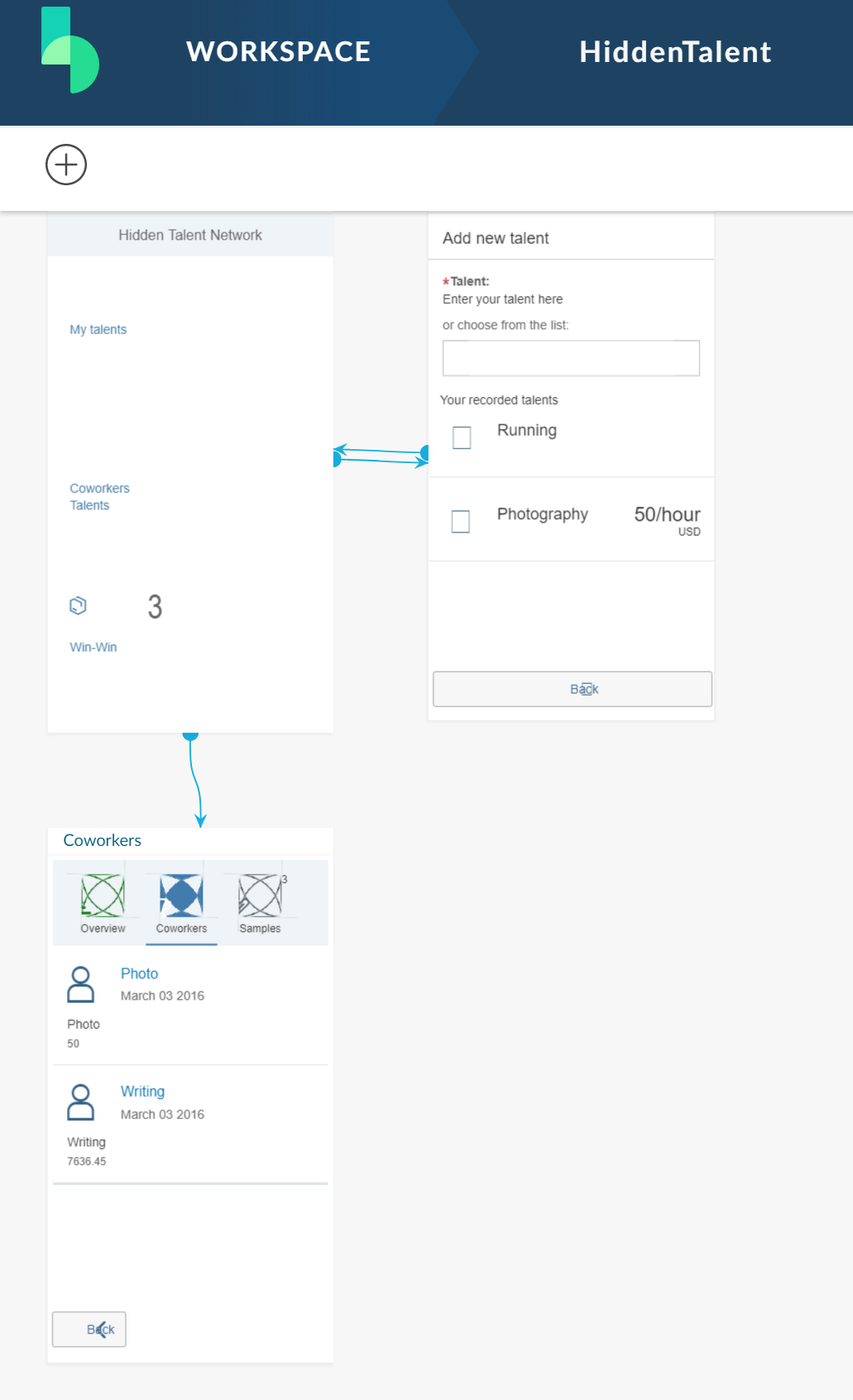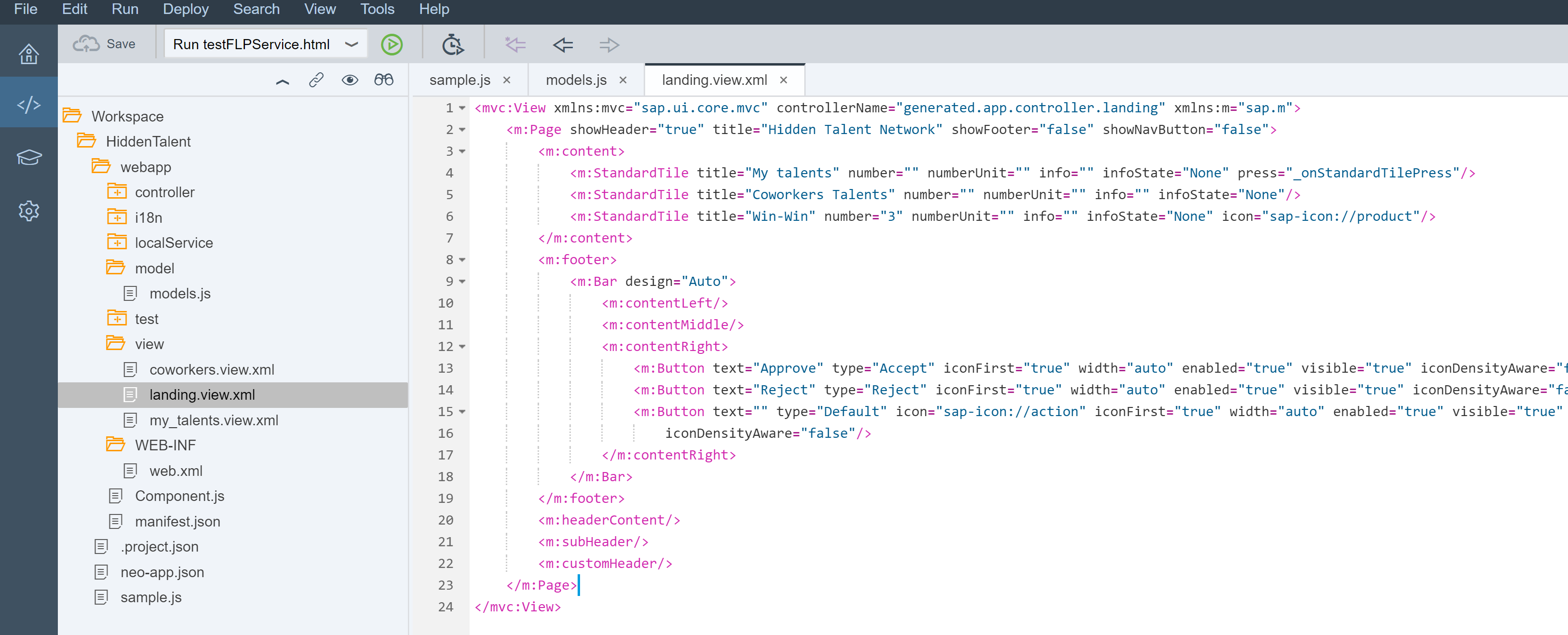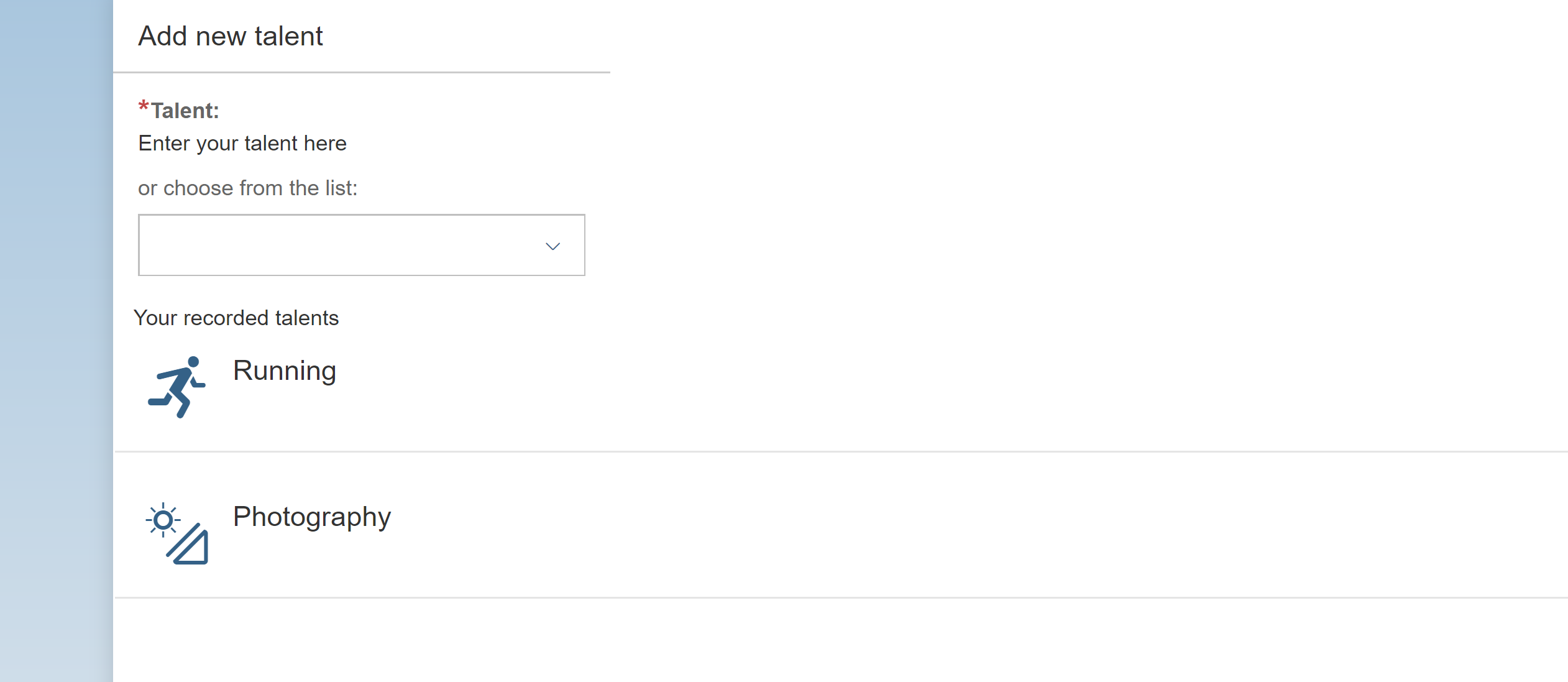I like to embellish events when it comes to SAP, business, and future, but usually, it comes true in a while. Everything goes simple and complex simultaneously. Business rules go to ease, underlying systems and mechanisms go to complexity. I’m looking at SAP SuccessFactors and wondering how business discards their on-premise strong and robust solutions for SAP SF, which is that simple, like a child and adult. It’s not about reliability, user experiences, but more about processes, that business know-how, and best practices which make you unique on the market. The lyrics are over. The trend to SF dictates new rules for classic SAP consultants and developers. There is almost no ABAP, custom reports, SmartForms, and user-exits. New functional paradigm is to become a technical support and developer guy in a one person, who supports already made up decision by vendor, and develops extentions for business customers. Open-source techniques came to SAP world in terms on clouds, Angular, WebIDE, Splash, Build, jScript, jQuery, REST, LESS, etc. These are the commons we need to learn to be able to serve customers.
I spent some hours to understand my future and here is what I see. This is a microprototype for my microunderstanding what I was trying to say in the paragraph above.
Open SAP BUILD. Create a new project for prototyping. BUILD idea is to bring a value to the table before actual costs occurred. We develop a solution, fill it with data and give users for review. Altogether with developers, designers, architects, business customers we polish it to look like a ‘licking iPhone’ (or Samsung, whatever you like). This visual representation of a future product, pretty interactive with useful comment and discuss features, makes users happy and confident in costs estimated. Once they like the prototype with some clicks we transfer it to real development environment in WebIDE and there goes the magic. Intuitive and easy to ‘sell’.
Today we’ll create a small and ugly prototype, then will feed it with real SAP data.
First one and a half hours left to put on some pages. BUILD helps is bad, really bad. I’m not a designer, but more technical, so don’t judge me.
There is no logic. Three pages, couple lists, one data model. In future, we replace the data model with real OData services fetching and pushing data from SAP HCM on-prem. For now just input data from the excel file. There is no need to explain this in details as it’s easy to accomplish once you’ve created an account. Just for the beginners.
Then we need to register an account at HANA Cloud Platform. This is a little more difficult task. There are a lot of tiles, tabs, links, regions, and services to get lost in there. But here is a short guide how to register SAP Build in WebIDE that runs on the HANA Cloud Platform.
Extend Prototypes with SAP Web IDE
Create a new project from BUILD template and boom – here is our BUILD prototype with real code, assets ready for compilation and almost go-live. All we need is to add data connectors to ERP backend, add some logic and deploy the application for our users.
Run it. So what? We’ve just become software developers while hours ago we’re supposed to write a RICEF for ABAPers. Our functional expertise decreases in terms of price and value. (Yes, I know that we’ll need to develop OData in ABAP, we need some JScript on the front end, but compared to years ago we’re more to become developers, not ‘check boxes clickers’)
It’s an integrated and usable product. Very soon I believe SAP will announce some sort of Payroll solution that is built of cubes, that you like a child build a castle.
Realize, it took me, inexperienced in BUILD and WebIDE, couple hours to build this. Once I get experienced I’d be able to bring value in almost minutes. Being a developer, SAP new-age developer.
Welcome to a new world of ERP.


